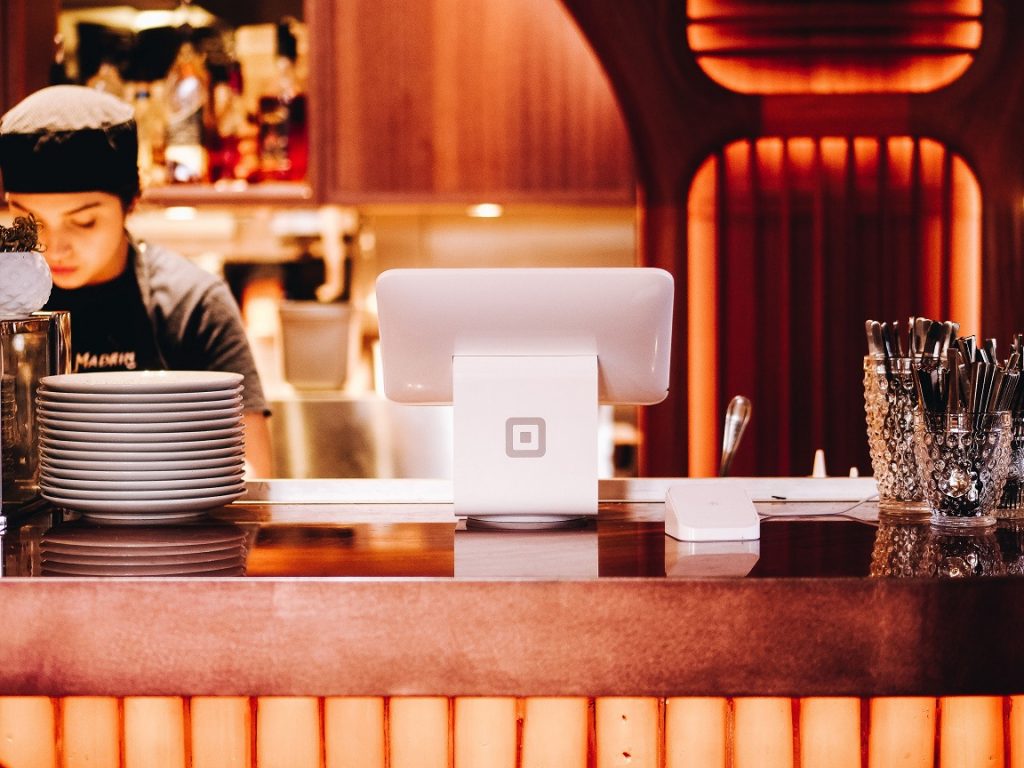Fine Dining Experience Islamabad: Enjoy Lavish Cooking Delights
Fine Dining Experience Islamabad: Enjoy Lavish Cooking Delights
Blog Article
Savor Genuine Oriental Cuisine With a Pan-Asian Twist for a Culinary Adventure
Getting started on a culinary trip with genuine Oriental cuisine, enhanced with a Pan-Asian spin, provides an one-of-a-kind opportunity to check out the rich tapestry of flavors that define the area's varied culinary practices. As you contemplate these tempting recipes, consider the cultural stories and historical influences that form them, each bite using a tale waiting to be discovered. Instagrammable restaurants Islamabad.

Checking Out Pan-Asian Tastes
In the world of international gastronomy, Pan-Asian cuisine stands apart for its amazing variety and the harmonious interaction of flavors from various Asian cultures. This culinary approach commemorates the rich practices and unique components discovered across the continent, producing a tapestry of preferences that is both rewarding and interesting. Key to Pan-Asian cuisine is its capability to balance different tastes-- wonderful, salty, spicy, and sour-- while highlighting the freshness and top quality of each component.
From the umami-rich soy sauce of Japan to the fiery chili peppers of Thailand, Pan-Asian cuisine offers a substantial scheme of flavors. These elements are usually integrated in inventive means, improving dishes with layers of intricacy. For example, the usage of aromatic herbs such as lemongrass and cilantro, usual in Vietnamese and Thai food, adds a revitalizing brightness to meals, while the incorporation of coconut milk provides a luscious, rich texture.
The emphasis on fresh produce and fragrant spices guarantees that each dish is not just a banquet for the taste yet likewise for the detects. Pan-Asian food invites diners to embark on a culinary journey, exploring the vast and differed landscapes of Eastern gastronomy with every bite.
Combination Dishes to Attempt
While Pan-Asian cuisine is celebrated for its standard tastes, the modern-day cooking landscape is increasingly accepting fusion dishes that mix these traditional aspects with impacts from various other regions. This ingenious strategy not just honors the abundant heritage of Oriental cookeries however also introduces unique taste experiences that interest contemporary tastes.
A prime example of such a combination recipe is the Korean-Mexican taco, where marinated bulgogi beef is covered in a warm tortilla, covered with kimchi and a zesty gochujang-infused salsa. This mix marries the bold, tasty tastes of Korea with the vibrant, fresh elements of Mexican food. Likewise, sushi burritos have gotten popularity, amalgamating the delicate artistry of Japanese sushi with the passionate, hand-held ease of a burrito, commonly including fusion components like tempura shrimp and avocado with a drizzle of wasabi mayo.
Another significant meal is Thai curry ramen, which instills the luscious, aromatic spices of Thai curry right into the reassuring brew of standard Japanese ramen, producing a harmonious mix that tantalizes the senses. These blend meals expand beyond simple uniqueness; they stand for a culinary dialogue in between societies, encouraging expedition and technology worldwide of Pan-Asian food.
Crucial Components and Flavors
To truly value Pan-Asian cuisine, one have to recognize the important active ingredients and seasonings that create its structure. This diverse cooking style attracts from an abundant tapestry of Asian practices, utilizing a harmonious mix of tastes and structures.
Aromatic components are pivotal, with lemongrass, ginger, and garlic being common across numerous Pan-Asian recipes. These ingredients provide a fragrant base that enhances the complexity of flavors. Seasonings such as celebrity anise, cardamom, and cinnamon introduce heat and character, resembling influences from regions like China and India.

Cooking Techniques and Tips
Understanding the art of Pan-Asian cuisine requires experience with its distinct food preparation techniques, each contributing to the vivid tapestry of tastes this cooking tradition is celebrated for. Central to these techniques is the stir-fry, a quick food preparation strategy that protects the nutritional stability and dazzling shades of components. Making use of a frying pan, the stir-fry method enables even warmth distribution, necessary for attaining the particular texture and flavor equilibrium of Pan-Asian recipes.
An additional basic technique is steaming, especially widespread in Chinese food. This mild approach preserves the natural flavors and nutrients of components, making it excellent for seafood and vegetables. Dumplings, a beloved staple, typically gain from steaming, leading to soft, delicious textures.
Grilling, likewise indispensable, presents great smoky depths to meals such as Oriental bulgogi or Japanese yakitori (Romantic restaurants Islamabad). This method usually involves marinading active ingredients, enabling flavors to pass through deeply prior to cooking over an open fire or warm plate
Finally, mastering the art of stabilizing flavors-- sweet, sour, salted, bitter, and umami-- is vital. Appropriately layering these aspects can raise a dish from ordinary to phenomenal, using a complicated and satisfying cooking experience that embodies the significance of Pan-Asian food.
Dining Experiences Worldwide
Throughout the globe, Pan-Asian cuisine provides an unrivaled eating experience, commemorated for its rich tapestry of tastes and vivid discussions. This culinary sensation has gone beyond cultural boundaries, catching the hearts and tastes buds of food lovers worldwide. In multicultural cities like New York, London, and Sydney, Pan-Asian dining establishments work as melting pots where culinary check my site traditions from Thailand, Japan, China, and past merge, supplying diners with a diverse mix of meals that highlight the area's diversity.
The international charm of Pan-Asian cuisine hinges on its ability to use both authenticity and innovation. Chefs skillfully wed conventional ingredients such as lemongrass, soy sauce, and miso with modern methods, resulting in recipes that are both refreshingly brand-new and acquainted. This combination enables diners to start a culinary journey that respects heritage while accepting modernity.
Additionally, eating experiences are raised with thoughtfully developed atmospheres that show the values of Pan-Asian aesthetics. From minimal Japanese-inspired insides to vivid Thai-themed rooms, each restaurant offers a special setting that enhances the culinary offerings. As a result, customers are not merely taking in a meal yet partaking in a social experience, making Pan-Asian eating a really global sensation.
Verdict
The expedition of Pan-Asian cuisine uses a profound understanding of the complex interplay of flavors and cooking customs throughout Asia. By accepting blend dishes such as Thai curry ramen and sushi burritos, the culinary trip not just highlights the versatility of conventional ingredients but likewise showcases innovative modern-day strategies. This gastronomic journey, improved by necessary seasonings and cooking techniques, supplies an unique possibility to value the social diversity and cooking creativity that define Pan-Asian food on a worldwide scale.
Beginning on a cooking journey through authentic Asian cuisine, boosted with a Pan-Asian spin, offers a special possibility to discover the abundant tapestry of flavors that define the region's diverse cooking traditions.In the world of global gastronomy, Pan-Asian cuisine stands out for its amazing diversity and the harmonious interplay of flavors from different Eastern societies. Key to Pan-Asian cuisine is its ability to stabilize different flavors-- sweet, salty, spicy, and sour-- while highlighting the freshness and high quality of each active ingredient.

Report this page